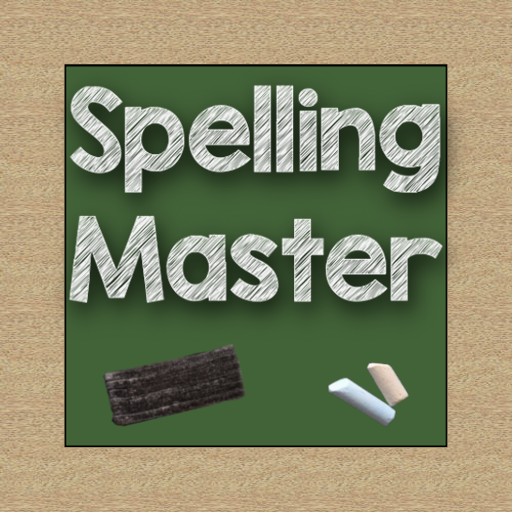Supporting English Language Learners : Effective Strategies for Success
English Language Learners (ELLs) face unique challenges when it comes to learning English and adapting to a new environment. As educators, it is important for us to provide the necessary support and resources to help these students succeed. In this article, we will explore effective strategies and practices that can be implemented to support ELLs in their language development journey.
Create an Inclusive Classroom Environment
Creating an inclusive classroom environment is crucial for ELLs to feel welcome and comfortable. Foster a sense of belonging by displaying multicultural books, posters, and materials in the classroom. Encourage students to share their cultural experiences and provide opportunities for open discussions. This will help promote a positive classroom climate that embraces diversity.
Use Visual Aids and Hands-On Activities
Visual aids are powerful tools when it comes to language learning. Incorporate visuals such as pictures, charts, and diagrams into your lessons to help ELLs understand new concepts. Use hands-on activities, group work, and role-playing exercises to engage students and facilitate language practice in a meaningful and interactive way.

Credit: www.colorincolorado.org
Implement Effective Language Instruction Strategies
When teaching English to ELLs, it is important to use instructional strategies that cater to their language development needs. Here are some effective strategies to consider:
- Use Simplified Language: Avoid using complex sentence structures or vocabulary that may confuse ELLs. Use simpler language and provide clear explanations.
- Provide Contextualized Instruction: Connect new vocabulary and grammar concepts to real-life situations that will allow ELLs to better understand and retain the information.
- Encourage Language Production: Provide ample opportunities for ELLs to practice their language skills through speaking, reading, writing, and listening exercises. Offer constructive feedback to help them improve.
- Utilize Bilingual Resources: Use bilingual dictionaries, books, and online resources to support ELLs in the learning process and reinforce comprehension.
- Model and Scaffold: Demonstrate proper pronunciation and usage of English words and phrases. Provide scaffolding techniques such as sentence starters or graphic organizers to support ELLs in expressing their thoughts or ideas.

Credit: www.pinterest.com
Collaborate with ESL Specialists and Families
Collaboration is key in supporting ELLs. Work closely with ESL specialists and seek their guidance in developing appropriate instructional materials and strategies. Engage with families by providing regular updates on their child’s progress and involve them in their child’s language development journey. Solicit their input and cultural knowledge to create a more comprehensive learning experience.
Offer Language Support Programs
In addition to regular classroom instruction, offering language support programs can greatly benefit ELLs. Consider implementing after-school language clubs, tutoring programs, or language support classes to provide additional practice and support. These programs can offer targeted language instruction and address specific areas of improvement.
Monitor Progress and Provide Feedback
Regular progress monitoring is essential for tracking the language development of ELLs. Use formative assessments such as observation-based checklists, portfolios, and oral interviews to evaluate their progress. Provide timely and specific feedback to help them understand their strengths and areas for improvement. Celebrate their successes and offer support in areas where they need further development.
Conclusion
Supporting English Language Learners requires intentional efforts to create an inclusive and supportive learning environment. By implementing strategies like utilizing visual aids, adapting instructional methods, collaborating with specialists and families, offering language support programs, and providing continuous feedback, we can help ELLs thrive in their language development journey.






